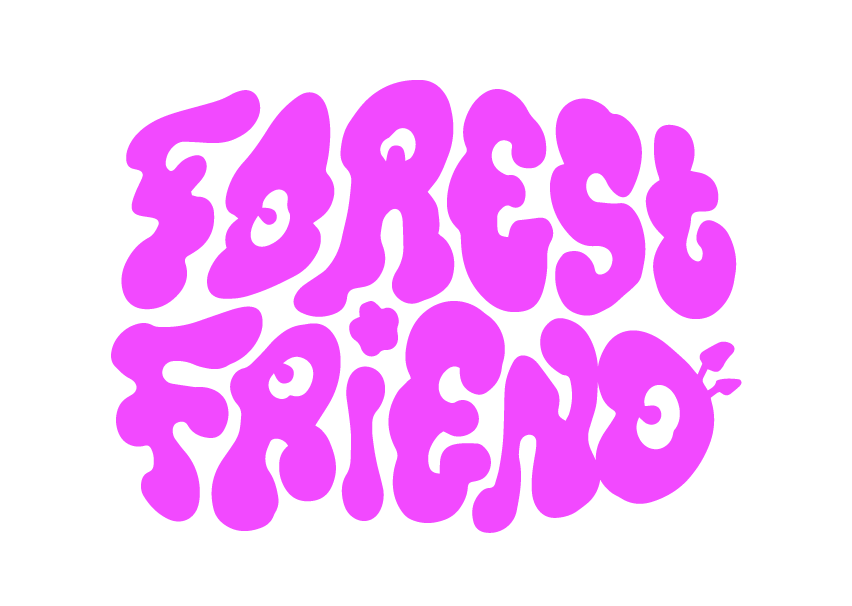(Things I learned from hoarding foreign stationery: Part II)
Okay, so I didn’t actually learn this from hoarding foreign stationery. I’ve been a philatelist since childhood, when I inherited my uncle’s stamp collection and spent a memorable Christmas holiday sorting, organizing and cataloguing stamps. Value was irrelevant — rather, I was interested in amassing the widest variety of visually interesting stamps from as many countries as possible.
My interest in philately was recently renewed when I realized that stamps in pristine condition are really boring, and that envelopes attached to stamps are interesting too. I love the functional, thoughtless way people put stamps on an envelope and the crude, random overlay of the ink stamp from the mail sorter slapped on top. I love the wear that stamps and envelopes take on their travels: dirt, creases, tears, stamps and stickers layered over and over as they leave the sorting facility in one country and enter the next. This process signifies not only a journey but a lifespan, as the crisp, new envelopes and bright, pristine stamps go out into the world and come back changed. I collect the ones that seem to have led the most interesting lives, full of adventure and thrills and disappointment and heartbreak, and I can’t bear to cast them away once they’ve finally fulfilled their ultimate purpose. The way that their mysterious history is “written” upon them is just too interesting to discard. (But trying to explain to my husband that my expanding and unwieldy stash is simply a retirement home for deserving mail doesn’t come off too well.)
There is a Japanese aesthetic called “wabi-sabi”, which appreciates the ephemerality of life and celebrates the beauty of the “imperfect, impermanent, and incomplete.” Qualities such as asymmetry, irregularity and unrefinement, and the way things wear, change and age, are seen as the authentic reflection of life and nature. “Shabby chic” is the bastardized commercial version of this aesthetic — things like faux-vintage finished furniture and mass-produced mismatched tableware not only fail to evoke reflexive spiritual contemplation, they defy the essential aspect of wabi-sabi that comes from age and wear.
The emotional reaction that worn stamps and envelopes elicit, and the visual aesthetic they possess, can only be described as wabi-sabi. There is a story hidden under each stamp, each air-mail sticker, between each rip and crease — the more battered and worn, the more interesting. This is the reason I love mail from Nigeria: I’m not sure what sort of shenanigans are going on in the Nigerian post office, but the dirtiest, most ragged (and therefore most beloved) pieces of mail I’ve ever seen have come from there.
Let’s look at some stamps, shall we?
1. Africa Not only does mail from African countries end up delightfully tattered, it also seems to take a whole lot of stamps to get it here. Fig. 1: I love the purely practical layering of stamps; if placed one beside the other, they would have covered the entire envelope! Fig. 2: The bright colours of the Cameroonian stamps against the brown paper are quite eye-catching (and if you look closely, you’ll see that there are boobs on the green ones). Fig. 3: Instead of a person or an animal or a simple scene, these Eritrean stamps display an iconographical jumble of symbols, like mad heraldry.
2. Asia Asian mail offers so many paradigm shifts, it’s hard to know where to begin. Fig. 4: The beautiful bird stamps from China are works of art in themselves, and only enhanced by the pictogram characters on the ink stamps and the brown paper background. Fig. 5: In this example from China, the stark red and green ink printed on the envelope works well with the lovely colours and subtle watercolour style of the stamps.
Fig. 6: More birds, more beautiful colours and contrast from China. Fig. 7: There’s so much going on with this Vietnamese envelope. An ink stamp that serves as postage, a post mark, what seems to be an authenticity sticker over the seal, and another interesting retro sticker pasted on the centre right. Definitely the signs of a complicated journey.
Fig. 8: A bill of lading from a Taiwanese shipping company. The stamps are simply awesome — especially the one dancing at the top right. The paper is very thin, weighted only by the thickness of the stamps. Fig. 9: Also from Taiwan. I love the bunny stamp; I think it references the Year of the Rabbit. Fig. 10: This stamp from Japan is simple, delicate, beautiful. It seems to be printed with ink onto sticky paper and then applied to the envelope. I love how the blue air mail sticker looks next to it.
Fig. 11: This stamp from India is printed directly on the envelope, and the detail is meant to evoke the perforated edge of regular stamps, preserving tradition without the extra printing costs. Fig. 12: White, red, indigo and brown and the rough, functional stamps give this mail from Fiji an interesting, utilitarian look.

- Fig. 11
3. Europe Design “sophistication” unfortunately keeps most European stamps from producing interesting iconography or brightly-coloured rabbits, but there are gems nonetheless. Fig. 13: The muted colour palette and the strong sculptural and architectural images in these Russian stamps, along with the delicately printed word “avia” (by air/air mail) are great. Fig. 14: These Maltese stamps look different enough not to have been bought at the same time, but the colour combination is stunning and unexpected. Three stamps couldn’t go better together than these. Fig. 15: The stamp to the right on this Polish envelope may be my favourite stamp of all time. I have no idea why that minotaur is clutching that lockbox, but I am DYING TO KNOW. I would also totally buy this stamp in pencil case, lunch box or tote bag form.















